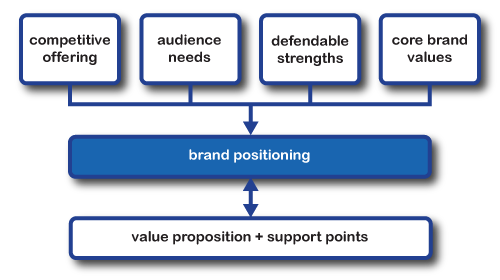Branding beyond borders
How to position your brand internationally.
Ever noticed how some brands are advertised and perceived slightly different from one country to another? Take Volkswagen Jetta for example. Aside from the fact that the model used to be named “Bora” in Europe, Volkswagen also adapted its advertising strategy for the local market. If you compare the commercials, you will notice a subtle difference in approach. It’s the same car, same campaign, yet the German commercial is clearly targeted at an older demographic while the American version is focused on price and attainability, aimed at a younger audience.
When advertising your product brand in a foreign market, it pays off to revisit the way it is positioned. What may work on your home turf is not guaranteed abroad. There are many dynamics at play. You may find new competitors, different demographics, cultural nuances, language barriers and regulatory restrictions. While we can help you with the language adaptation, here’s some guidance for the other challenges of deploying a brand abroad.
A proven brand model
The following model (depicted in the chart below) is designed to help identify the optimal positioning and value proposition for your brand. It starts with the definition of what we consider to be effective positioning. Generally speaking, a well-positioned brand is:
- Differentiated from the competition
- Relevant to its audience
- Defendable by the product
- Aligned with the core brand values
If you know the competition, understand your audience and are honest about the strengths of your product, you should be able to identify the right space for your brand to occupy. Look for the overlap between the first four data points. 
Per definition, you want to distinguish from the competition, emphasize the selling points that your audience cares about most, ensure that you can deliver the promise, and still be true to your core brand values.
Note; a brand positioning is made up of just a few words that describe the space you aim to own in the mind of your audience (like Volvo’s positioning around “safety”). The value proposition is a strong statement that emphasizes the value of your product. For example: X is the most fuel-efficient hybrid vehicle in its class. Support points cover the facts that back up the statement.
I’ve used this model on numerous planning sessions and found it to be highly effective. If nothing else, it’s a great discussion guide for the topic. Without structure, such conversation can drag on for days.
The key is to have reliable data. The outcome of this model is only as good as the information that you put in. Research is your best friend.
maarten@brandedtranslations.com
Ps. If you don’t already have the resources or ability, the language and brand experts at Branded Translations can help bring your international positioning to life through effective translation and transcreation of marketing communications.
© Copyright 2011, Branded Translations.

